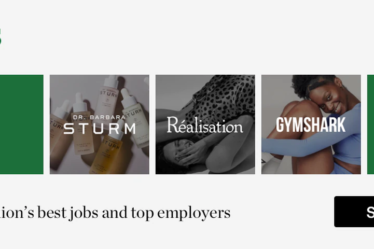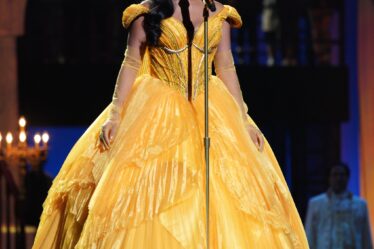
China’s reputation as a land of superlatives precedes it. At this stage in its development, few would argue that what is now the world’s largest luxury market is anything but the world’s most important luxury market. According to McKinsey & Company, a third of global luxury spend in 2018 came from Chinese consumers, with more than half of that contributed by the Post-80s generation, which roughly corresponds with the western concept of Millennials. Hot on their heels is the Post-90s generation, contemporaries of Gen Z, who have yet to reach financial maturity in terms of earning power but are already big spenders on luxury.
Both cohorts are the among the most important for international luxury houses today, but their media habits, shaped by the powerful internet services that have sprung up behind the “Great Firewall of China,” pose a challenge for these brands: the digital marketing strategies that work in the West don’t often translate well – or at all – in China.
As the luxury industry agonises over the best ways to engage with young, digitally native Chinese consumers, The Business of Fashion examines how Christian Dior, one of the sector’s biggest brands, plugged itself into China’s separate, opaque and rapidly evolving digital ecosystem.
Click below to read the case study now.



